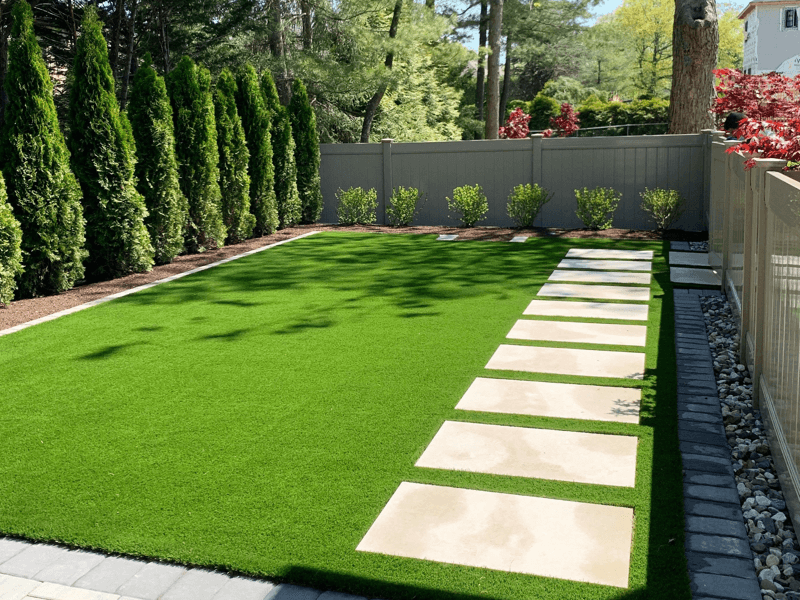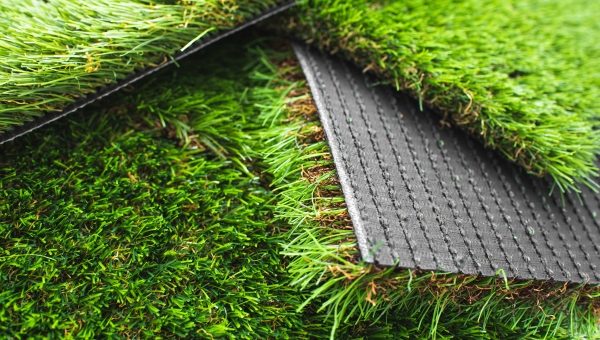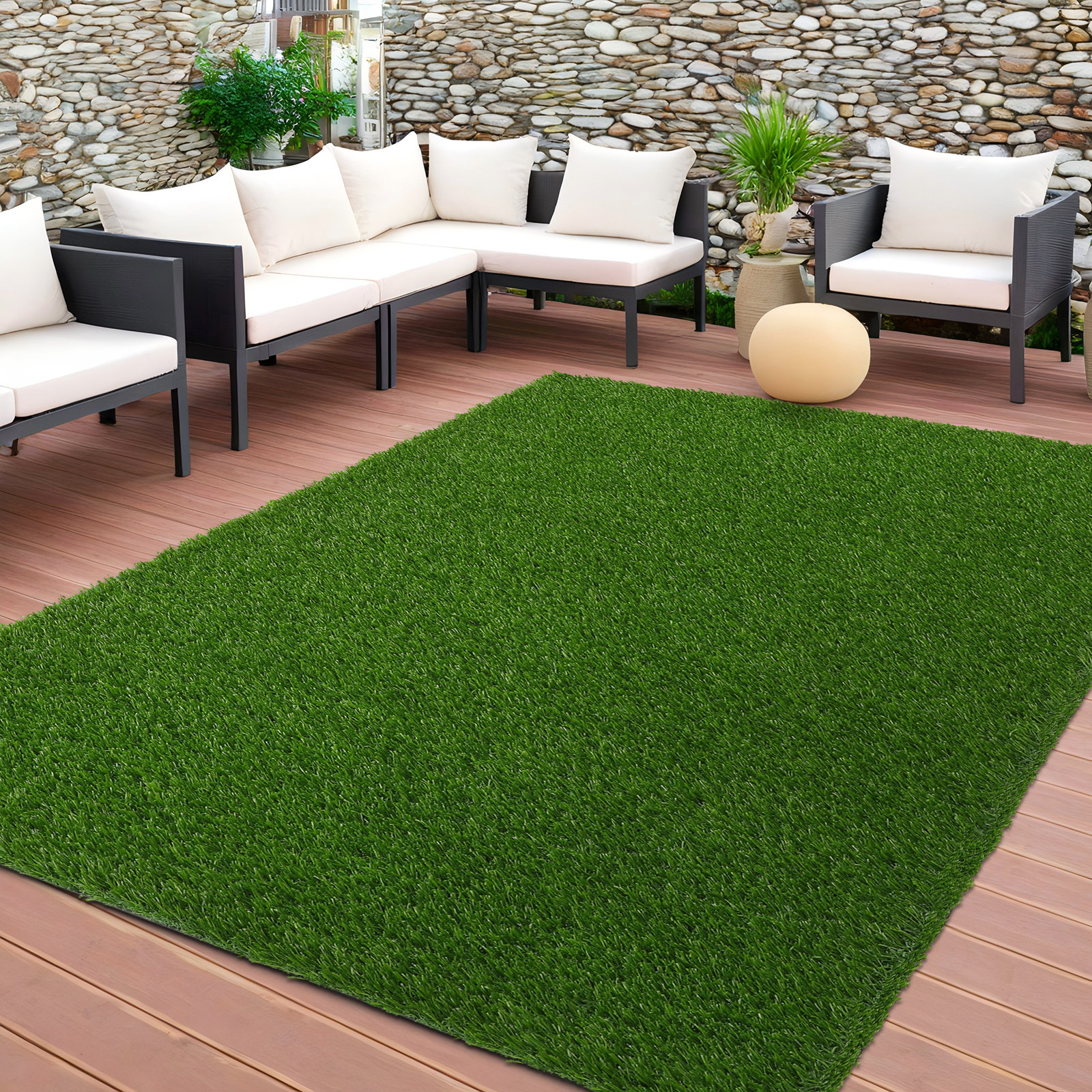Top Phoenix Turf Companies Providing High-Quality Synthetic Grass Solutions
Explore the Environmental Perks of Opting for Artificial Turf Solutions
The fostering of synthetic grass services presents a compelling chance to resolve pushing ecological challenges. By considerably lowering water usage and decreasing the application of dangerous chemicals, these choices not only advertise lasting landscape design however additionally protect local communities. In addition, the reduced carbon impact connected with reduced maintenance activities contributes to a much more lasting method to land administration. However, the effects of these advantages expand beyond simple preservation efforts, elevating concerns regarding their long-term influence on environment conservation and overall eco-friendly equilibrium. Checking out these measurements exposes a complex interaction worth considering.
Water Preservation Benefits
One of the most significant advantages of synthetic lawn is its ability to save water. In contrast, fabricated grass does not need watering, substantially lowering the total need for water sources.
By getting rid of the requirement for regular watering, synthetic grass contributes to sustainable landscape practices and assists reduce the ecological effect of extreme water usage. Furthermore, the conservation of water extends to the decrease of drainage, which can cause dirt disintegration and waterway contamination.
Additionally, the setup of artificial lawn permits house owners and districts to allocate water sources a lot more efficiently, concentrating on important uses such as drinking water and farming. The change in the direction of synthetic grass not only advertises accountable water usage but also aligns with more comprehensive ecological objectives targeted at maintaining all-natural sources.
As communities increasingly focus on sustainability, the water conservation advantages of man-made grass present an engaging instance for its adoption in commercial and property landscape design tasks.
Lowered Chemical Use
The transition to artificial lawn considerably lowers the dependence on chemical treatments frequently made use of in natural turf maintenance. Conventional grass management usually includes the application of herbicides, fertilizers, and chemicals to promote development and control pests. These chemicals can pose dangers to human wellness, regional wild animals, and the setting, contributing to soil and water contamination.
On the other hand, synthetic grass gets rid of the requirement for these hazardous materials. When mounted, it needs very little upkeep, mostly including regular cleaning and occasional infill replenishment. This decrease in chemical use not only benefits the immediate setting but additionally adds to broader ecological stability. By decreasing the launch of artificial substances right into the ecological community, fabricated grass promotes healthier dirt and water supply.
In addition, the lack of chemical overflow related to fabricated grass installments helps protect local rivers from pollution, sustaining water life and maintaining biodiversity. Turf installation phoenix az. As areas significantly focus on lasting practices, going with fabricated turf presents a sensible solution that lines up with ecological preservation objectives. Via this change, homeowner can delight in lavish environment-friendly rooms without jeopardizing environmental wellness, paving the method for a more lasting future
Lower Carbon Footprint

Moreover, the setup of synthetic grass can result investigate this site in considerable water preservation. Natural yards call for significant amounts of water for watering, which not just includes in the carbon footprint associated with water try this website extraction and therapy however likewise strains local water resources. In comparison, fabricated grass needs very little upkeep, calling for no watering, therefore considerably reducing water use and its associated energy prices.
In addition, the long life of synthetic lawn contributes to its lower carbon effect. With a life-span of approximately 15 years or more, the need for constant substitutes is decreased, resulting in much less waste and reduced power intake in production and disposing of standard yard options. On the whole, fabricated turf offers a lasting choice for environmentally mindful landscape design.
Habitat Conservation
Environment conservation is a critical factor to consider in the debate over landscaping options, specifically when contrasting synthetic grass to all-natural grass. All-natural lawn yards commonly call for comprehensive upkeep, consisting of making use of herbicides, fertilizers, and chemicals, which can detrimentally affect neighborhood ecological communities. These chemicals can leach right into the soil and rivers, hurting indigenous plants and animals and disrupting local habitats.
Synthetic lawn gets rid of the demand for dangerous chemicals, therefore securing nearby wildlife and preserving the integrity of surrounding ecosystems. The installment of artificial turf can lead to the conversion of previous yard areas right into more biodiverse landscapes, such as pollinator gardens or native plant areas, which can sustain regional wildlife.
Inevitably, the shift to synthetic grass not just preserves water and lowers maintenance efforts yet also cultivates a more unified partnership in between human tasks and the natural setting, promoting habitat preservation while doing so.
Long-Term Sustainability
Long-term sustainability is a crucial consider reviewing the benefits of synthetic lawn over traditional turf yards. One of the navigate to this website most substantial benefits of synthetic grass is its resilience; it can last approximately 15-20 years with very little upkeep, whereas all-natural grass requires constant reseeding and substitute. This longevity minimizes the need for constant resources, such as water, plant foods, and pesticides, which are crucial for keeping a healthy turf lawn.
In addition, synthetic grass adds to a decrease in carbon emissions linked with grass care tools. Conventional yards often need gas-powered mowers, trimmers, and blowers, all of which add to air pollution. Turf installation phoenix az. In contrast, man-made turf eliminates the requirement for such equipment, promoting a cleaner environment
In addition, the manufacturing of artificial grass increasingly makes use of recycled products, boosting its sustainability account. As suppliers take on eco-friendly methods, the ecological footprint of synthetic grass proceeds to reduce.

Conclusion
The adoption of synthetic grass options offers significant environmental benefits, consisting of significant water preservation, lowered reliance on dangerous chemicals, and a lower carbon footprint. Synthetic turf aids in preserving all-natural habitats by decreasing land disturbance and promoting lasting sustainability through the usage of sturdy products. Collectively, these aspects emphasize the capacity of synthetic grass to add positively to environmental wellness and offer a sensible option to standard landscape design methods in an increasingly resource-conscious world.
In contrast, artificial grass does not require watering, considerably lowering the general need for water sources. By minimizing the release of synthetic compounds right into the ecosystem, artificial grass advertises healthier dirt and water systems.
Furthermore, the installation of artificial lawn can result in significant water preservation. In contrast, synthetic grass needs marginal upkeep, requiring no watering, therefore substantially minimizing water usage and its associated energy costs.
